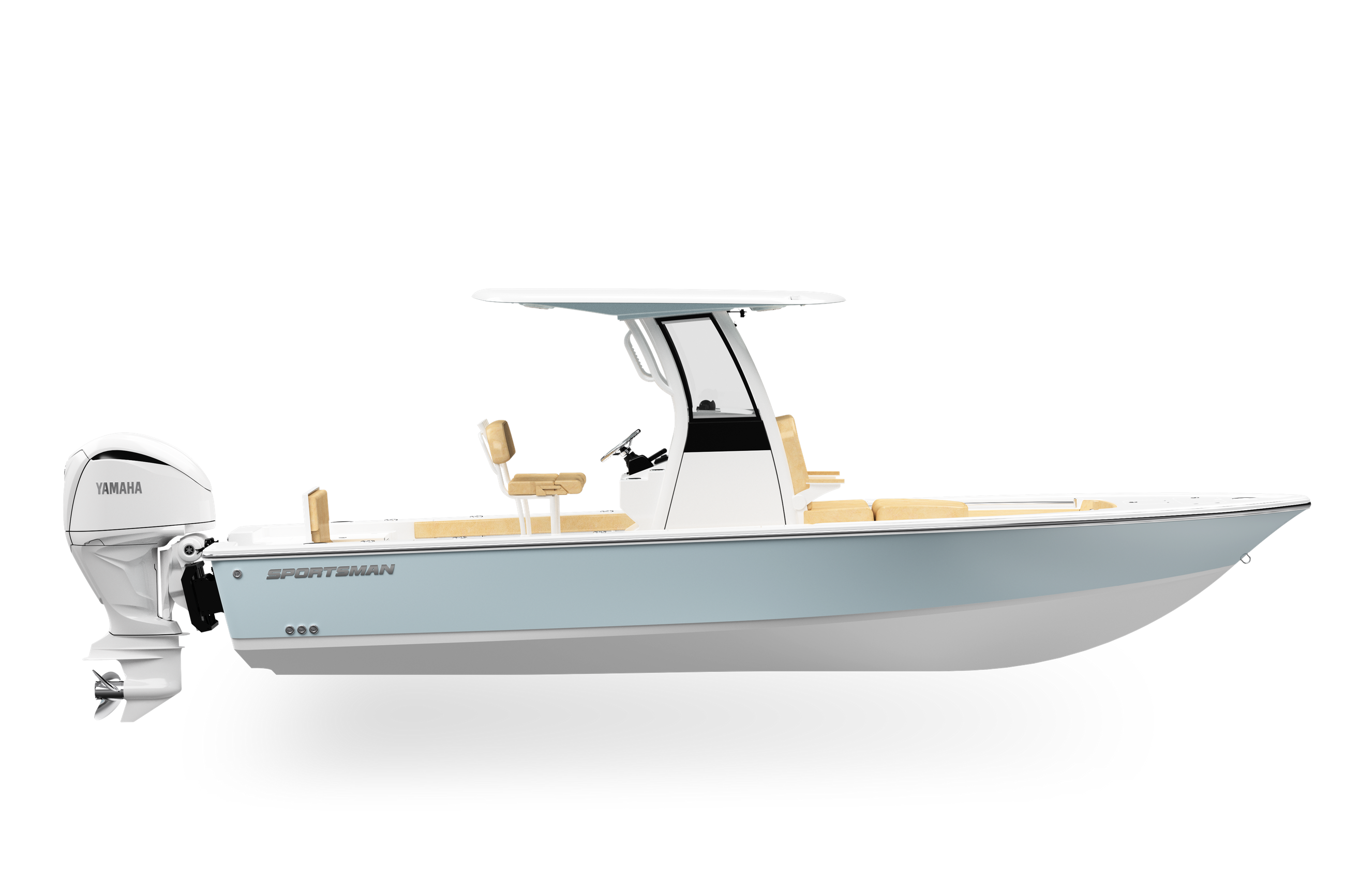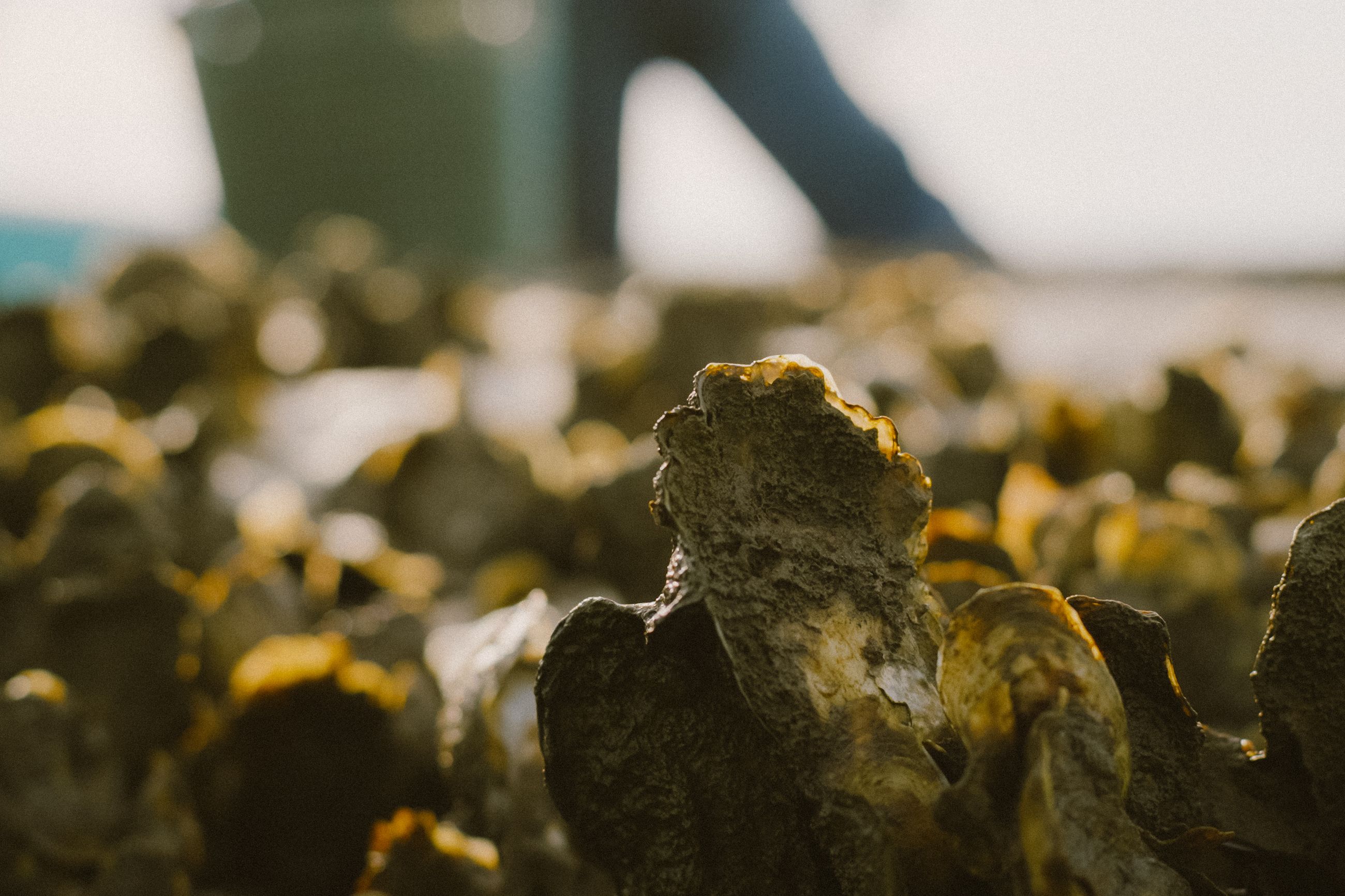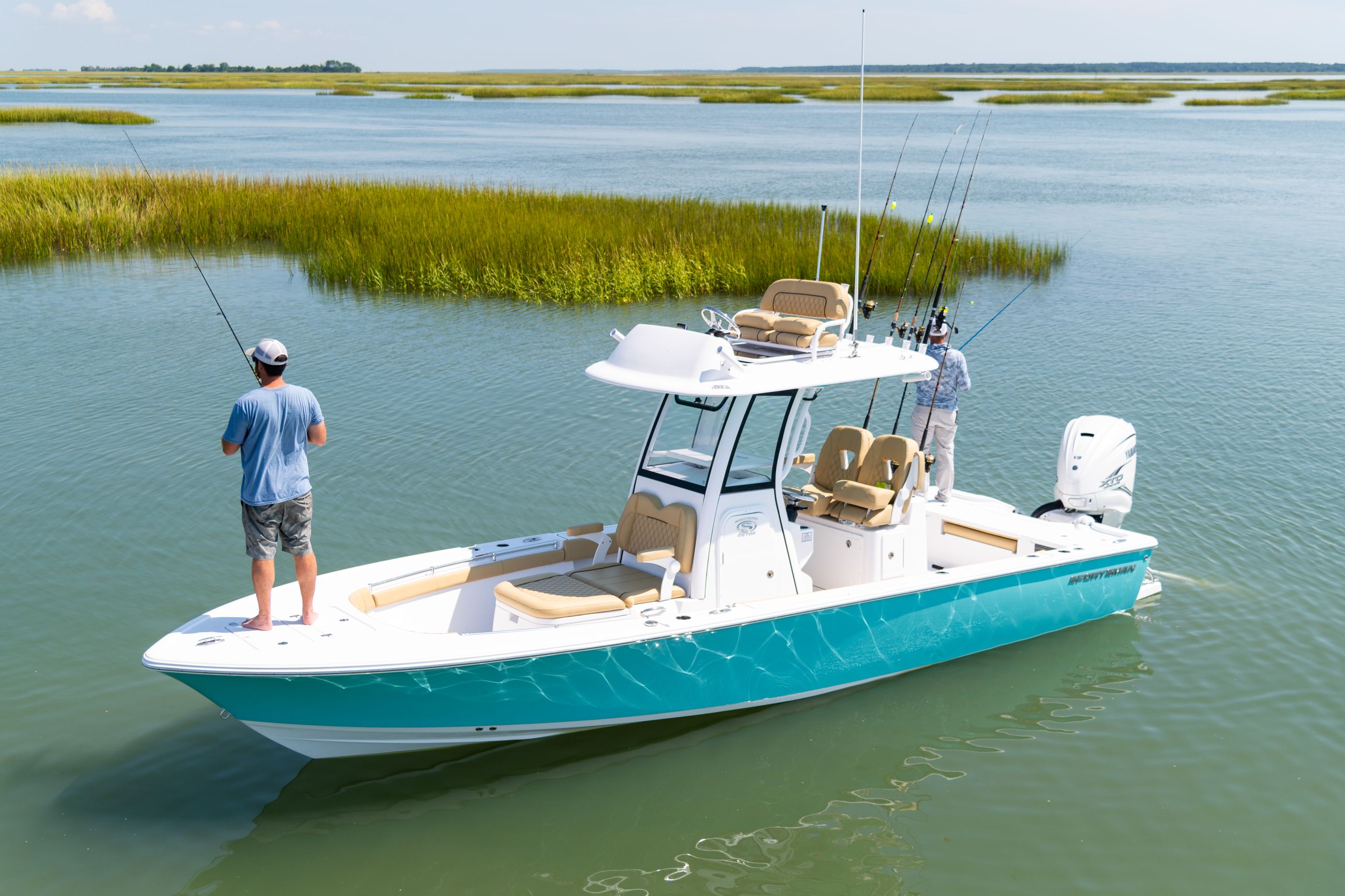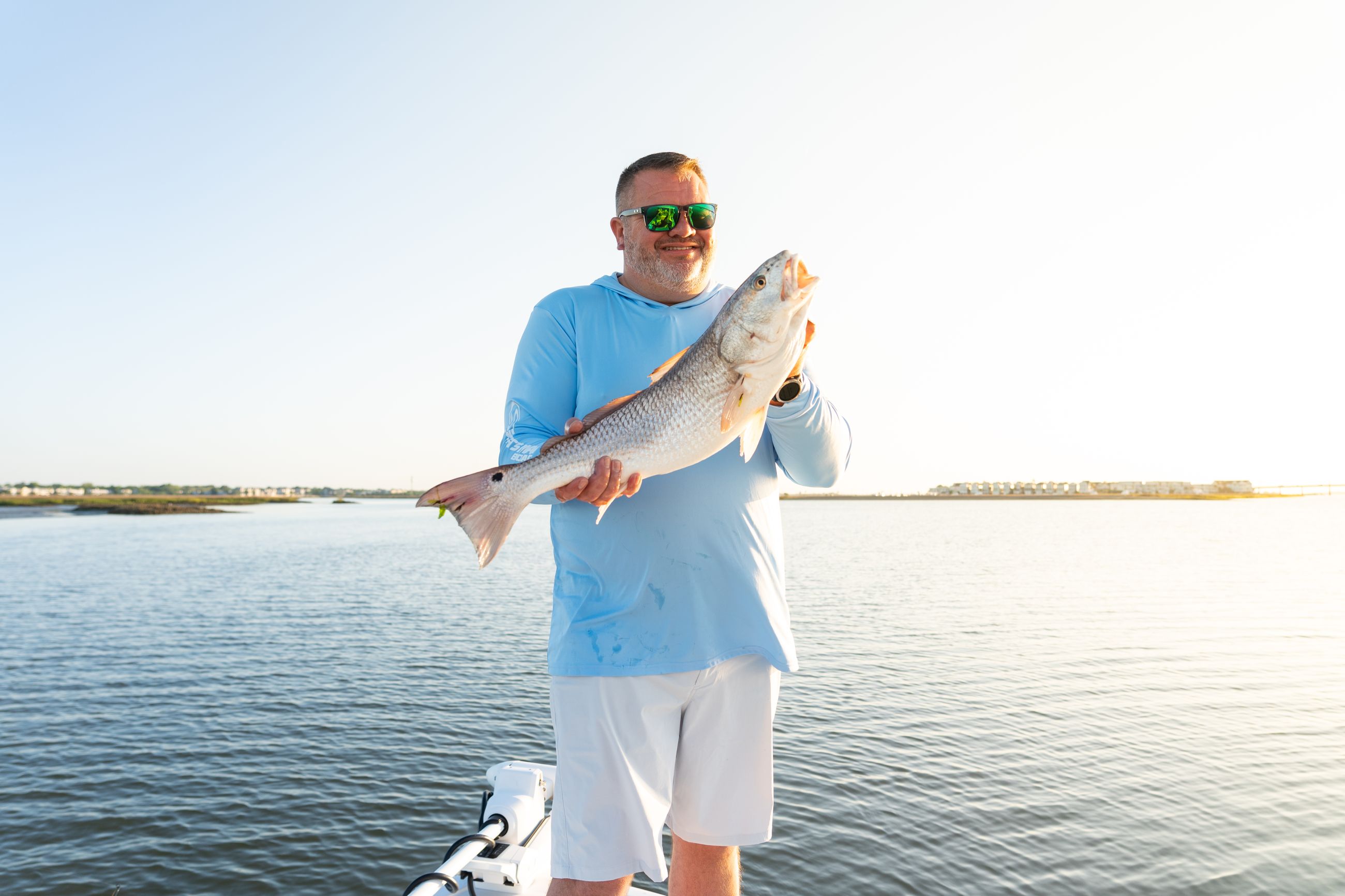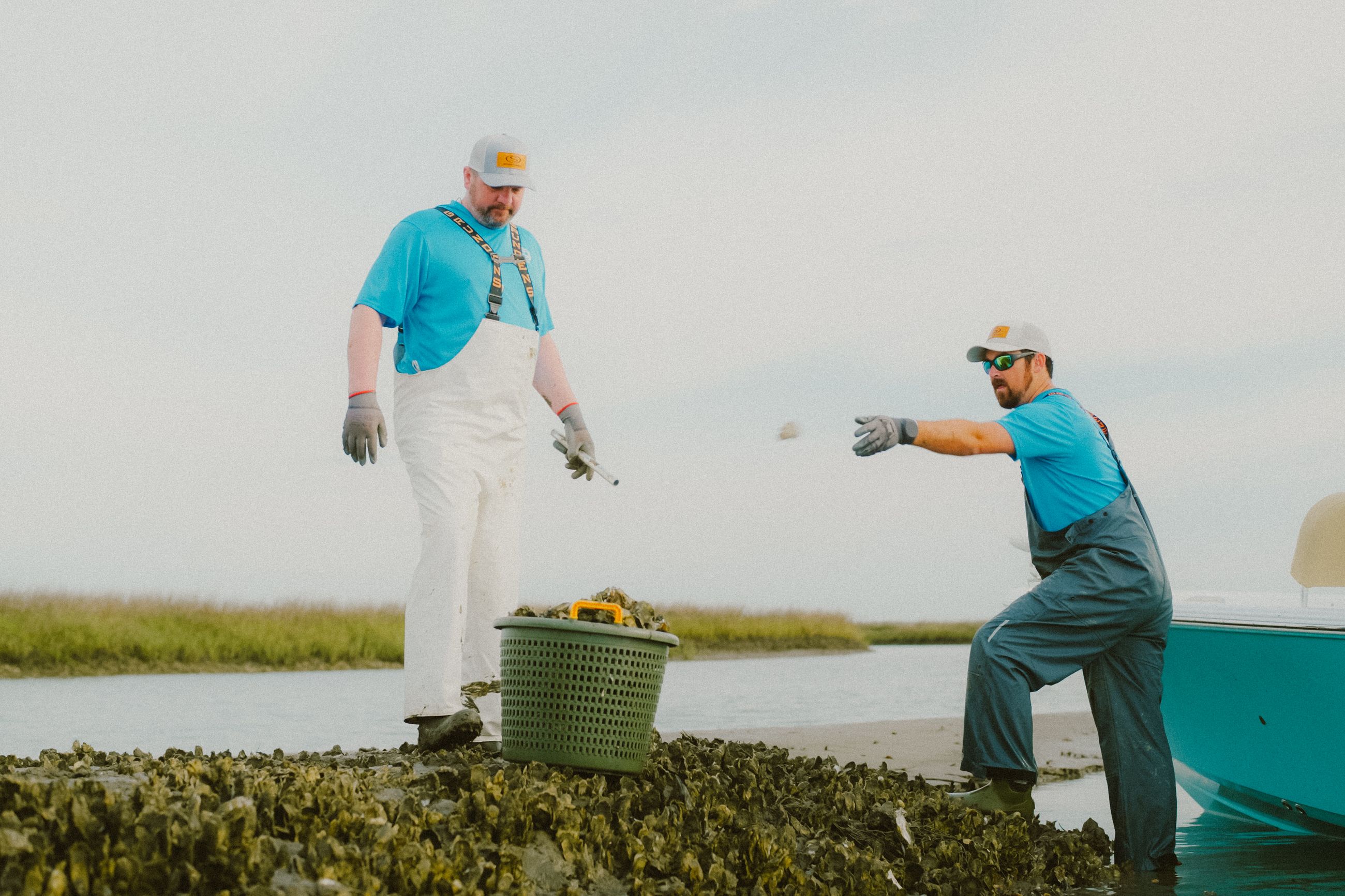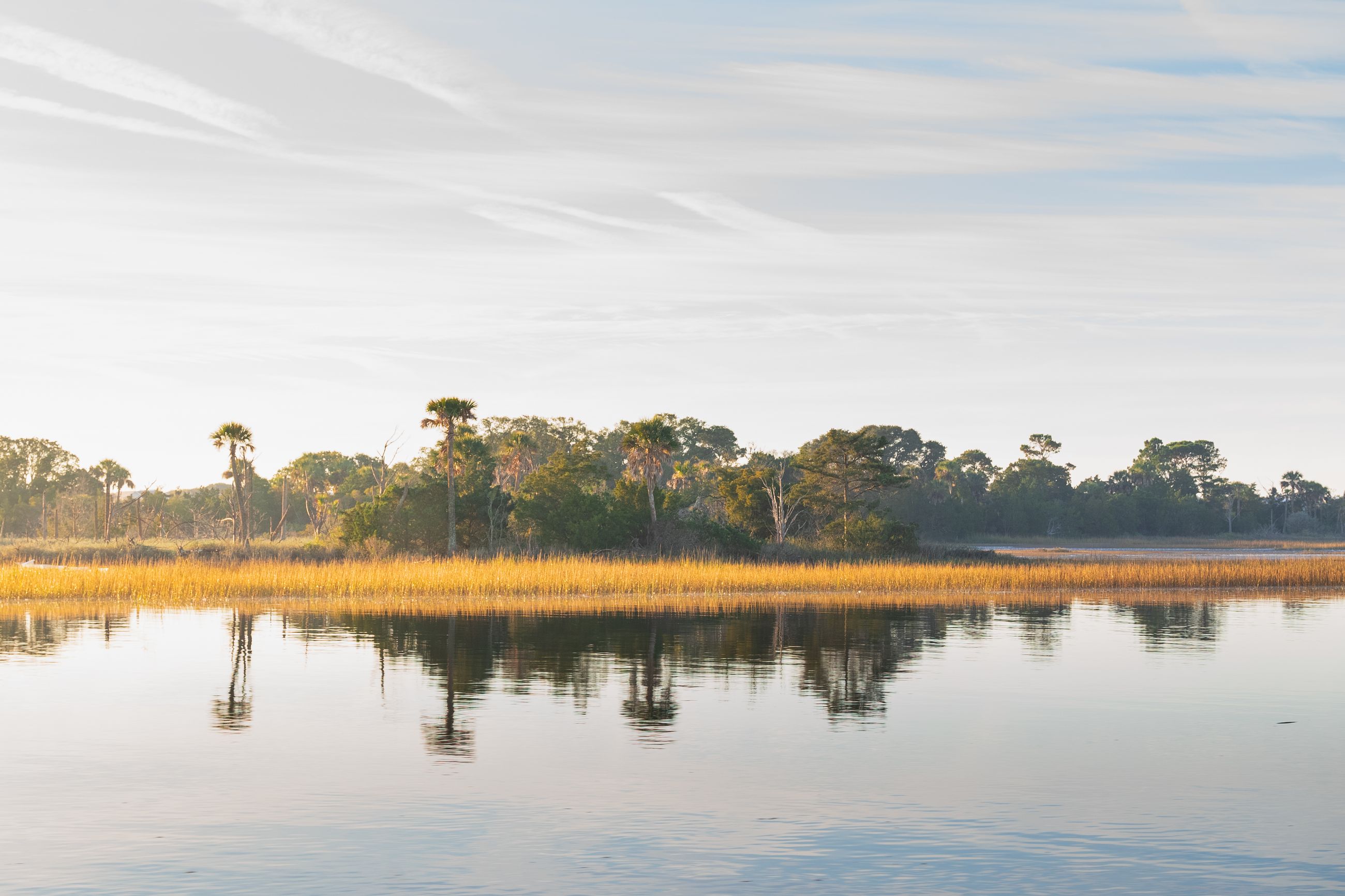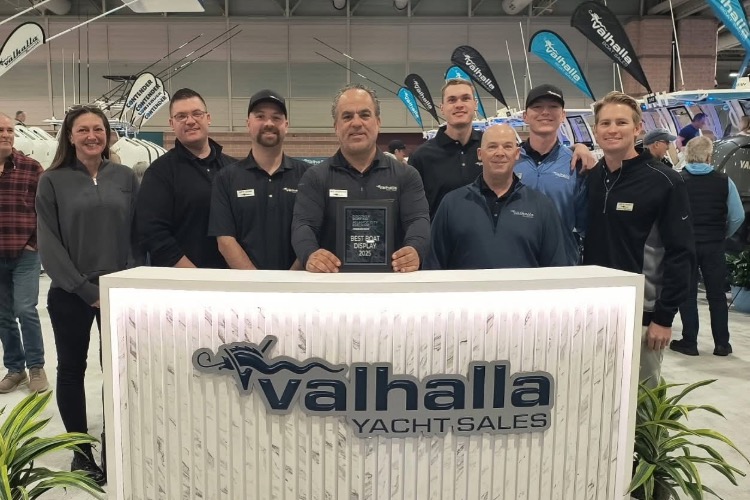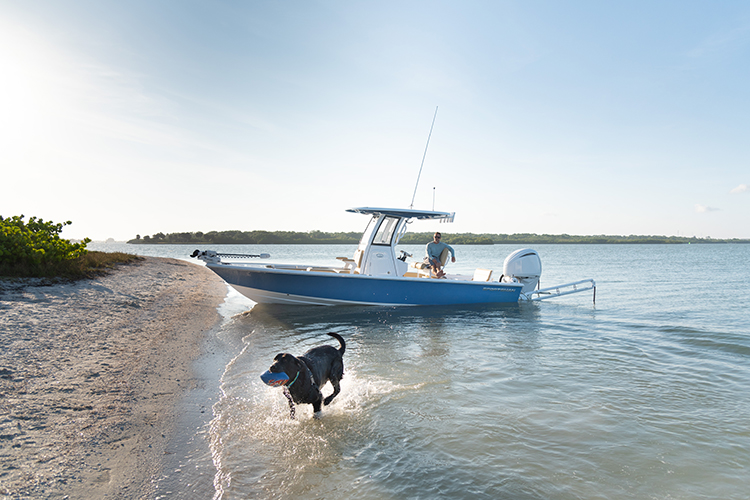Oysters are essential to Charleston’s coastal ecosystem and economy. Learn how responsible harvesting supports reef health, boosts conservation, sustains redfish habitats, and fuels the Lowcountry’s vibrant seafood culture.
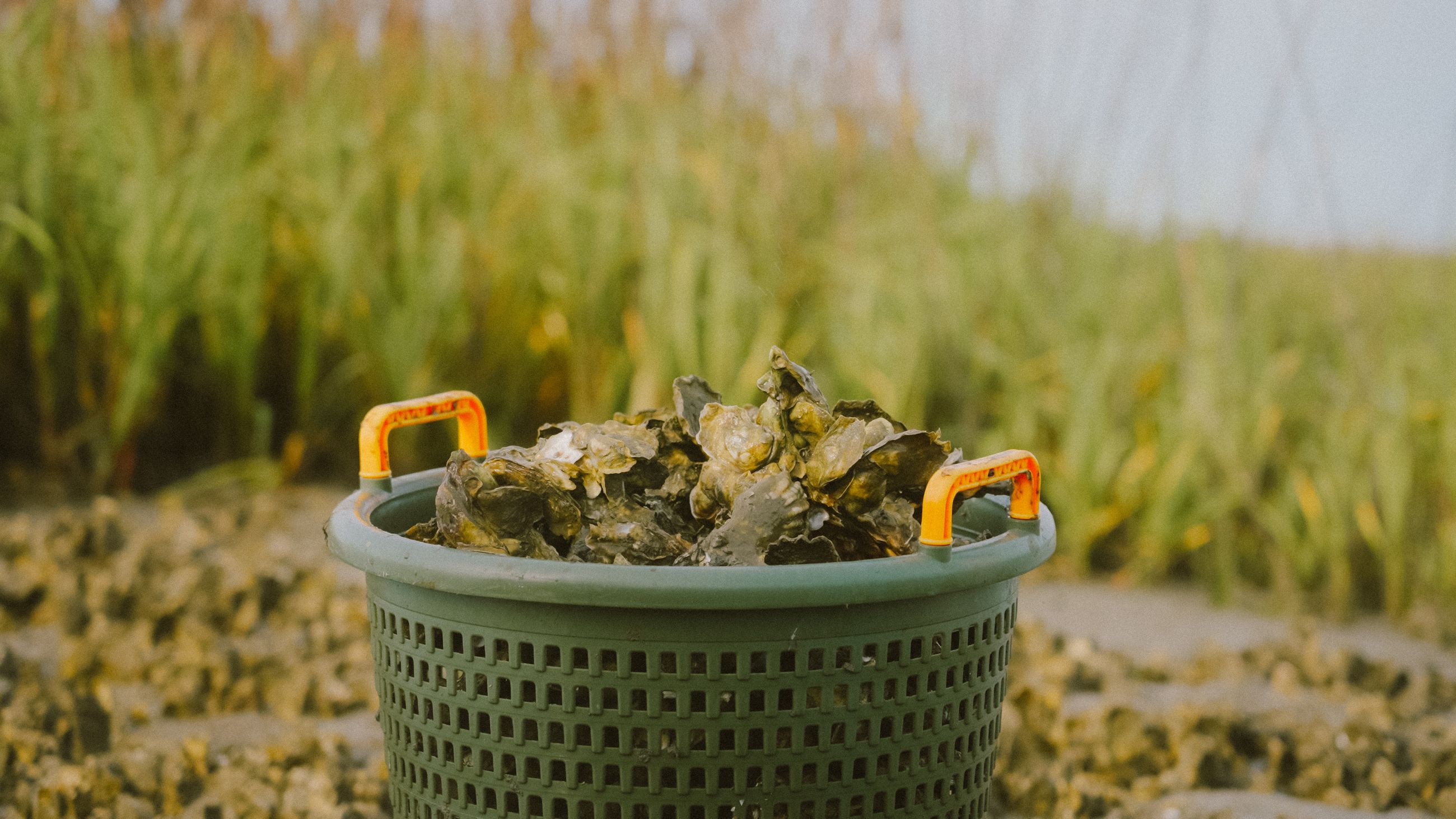
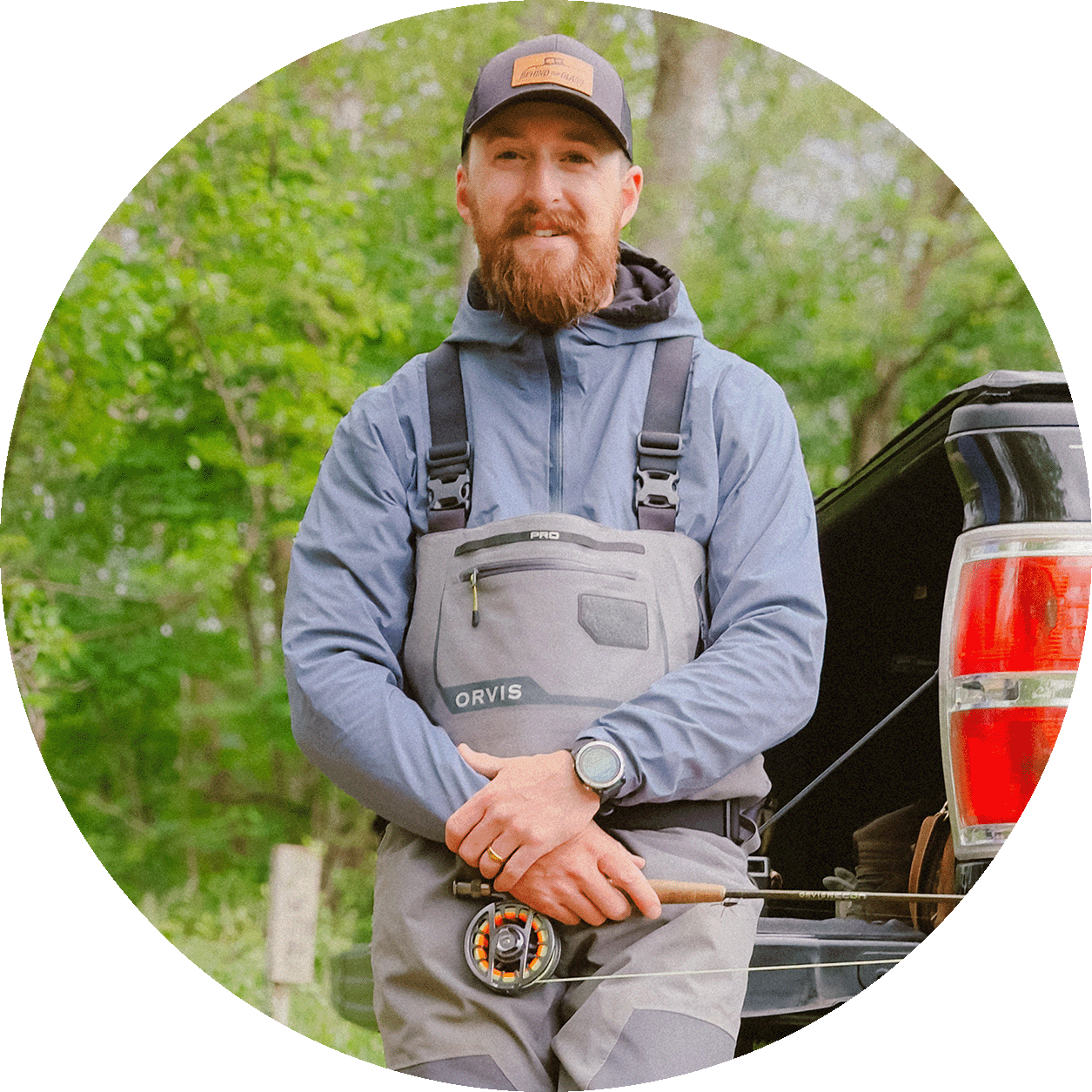
-
•Oysters are ecological engineers. They filter water and protect marshes and provide habitat for many species including redfish.
-
•Oysters drive the Lowcountry economy and culture by linking fishermen to fish markets and restaurants.
-
•Protecting oysters relies on responsible harvesting and conservation programs funded by licenses that support habitat restoration and coastal research.
When I moved to Charleston I was well aware of the famous oyster, I knew not to step on them and that the redfish loved them but I was surly not going to eat one. I mean why would you, it's the consistency of snot, it's salty and an oysters job is literally to filter the bad stuff out of the water, and you're going to eat that, raw? Well, if you live here for a while and you love being outdoors and trying new foods, eventually you'll end up being pressured into slurping back a raw oyster and boy was this mainland boy from a small town in central Kentucky wrong about his opinions on Oysters.
Oysters are more than a local delicacy, they're the backbone of Charleston's coastal ecosystem and a vital part of the Lowcountry's culture. From filtering our water, protecting our marshes and fueling our economy; oysters play a role far bigger than what ends up on the plate or a bed of ice in this instance.
Oysters grow along the waterways all across our community here in Charleston, but these tasty, sharp clusters naturally thrive along the entire eastern coast from Mexico to Canada. They're mostly found in the intertidal zones along marshes where they'll thrive along the banks and in the pluff mud. These reefs of oysters are the unsung heroes of our waterways, filtering up to 50 gallons of water a day, removing excess nutrients and improving clarity. The reefs act as natural breakwaters, reducing shoreline erosion and protecting the delicate marsh from the constant push and pull of tides and storms.

Beyond their work as protectors of the marsh they provide crucial habitat for countless marine species. Shrimp, crabs and baitfish all depend on these structures for habitat. This is also why they're so important for Charleston's most iconic fish, the red drum or redfish. Everything I mentioned living in those oysters is what our friend the redfish calls dinner. Smaller young redfish can also use oyster reefs as protection from predators and a dinner plate making our local oyster beds essential for the species continued success.
If you'd like to learn more about redfish and protecting them you can check out a previous blog I wrote Respect the Red: Protecting South Carolina’s Favorite Fish where I discuss the SCDNR's continued work to protect our favorite fish species.
The beauty of all of this is the balance that it creates. Protecting oysters protects the marsh, protecting the marsh protects the fish that live there, protecting the fish and estuary protects a major part of the coastal communities economy and all of that provides the beautiful natural scenery we all love. We cannot forget it's all connected and we need all of these elements to have a well balanced and healthy estuary and that leads me back into Oysters and their table fare.
Oyster season is open across South Carolina's coast (October - May), local harvesters are once again heading out at low tide to hand-pick clusters from public reefs and leases. This annual ritual isn't just about the tradition and culture it goes back to that balance. Responsible harvesting helps to thin out oyster populations, this reduces the risk of overcrowding and disease that can devastate entire beds.




The video below is a great discussion on oysters and how to pick them as a recreational fishermen from of our latest episodes in our series Tide To Table.
Each recreational and commercial license sold contributes to the South Carolina Department of Natural Resources (SCDNR), providing funding for habitat rehabilitation, reef restoration and coastal research. These dollars directly support conservation programs that ensure future generations can continue to enjoy thriving oyster populations and healthy waterways to go with them.
Beyond the ecological benefits, oysters fuel a major piece of the Lowcountry economy. From local fish markets and seafood wholesalers to Charleston’s world-class food and beverage industry, oysters bring people together and keep businesses thriving. The demand for local seafood encourages sustainable harvest practices and keeps dollars circulating within coastal communities.
Restaurants proudly serve “Lowcountry oysters” on their menus, and chefs across the region continue to build creative dishes around them, from roasted clusters and raw bars to oyster shooters and signature recipes we created in our cooking series Tide To Table. Every sale supports a network of fishermen, processors, and small businesses built on the health of our waters.
Oysters protect the Lowcountry, feed its people, and sustain its culture. When we harvest responsibly, we’re not taking from the ecosystem — we’re giving back to it.
If you're someone reading this thinking, boy I am ready for some oysters now, I would highly recommend you check out our two most recent episodes (below) of Tide To Table. In our third episode we pick oysters, put together a lowcountry classic oyster roast, lowcountry boil and crab steam and then the in our fourth episode we prepare fresh picked local oysters into three different dishes for your tastebuds enjoyment.
Related Posts
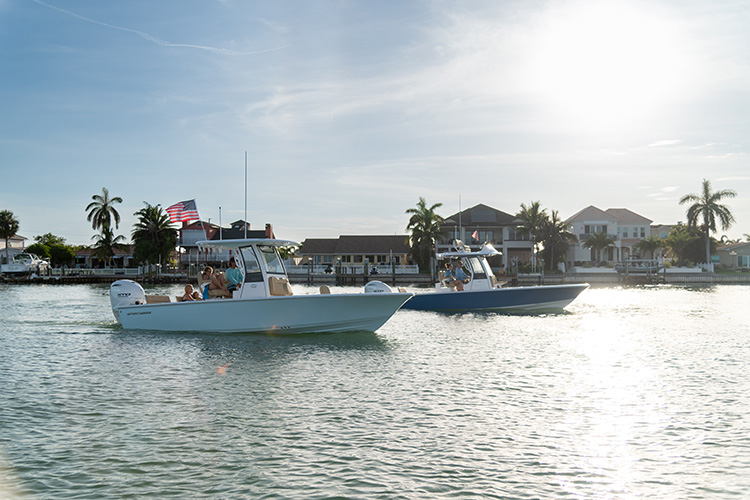
The Masters 267 and Masters 267OE have made their debut for model year 2024 and they're packing some fancy new features.
Read More














